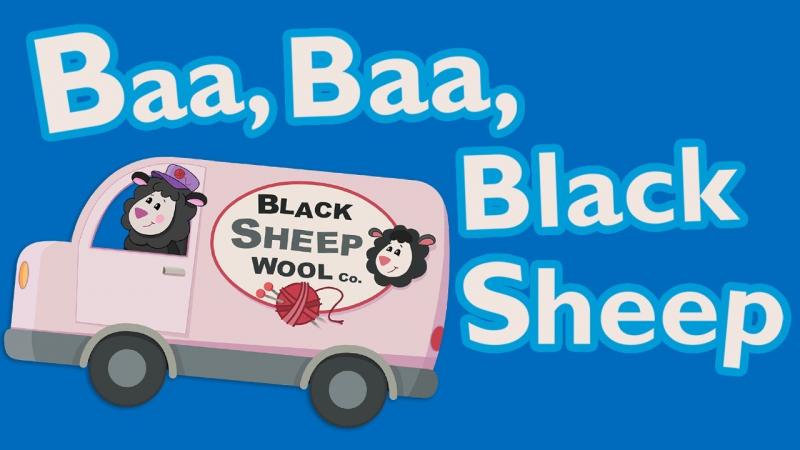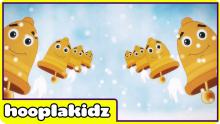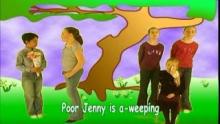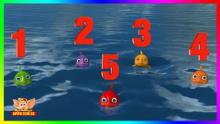
“Baa, Baa, Black Sheep” is an English nursery rhyme, the earliest surviving version of which dates from 1731. The words have changed little in two and a half centuries. It is sung to a variant of the 1761 French melody “Ah! vous dirai-je, maman”. Uncorroborated theories have been advanced to explain the meaning of the rhyme. These include that it is a complaint against Medieval English taxes on wool and that it is about the slave trade. In the twentieth century it was a subject of controversies in debates about political correctness. It has been used in literature and popular culture as a metaphor and allusion.
"Baa, Baa, Black Sheep" Lyrics
Recent versions tend to take the following form:
Baa, baa, black sheep,
Have you any wool?
Yes, sir, yes, sir,
Three bags full;
One for the master,
And one for the dame,
And one for the little boy
Who lives down the lane.
The rhyme is a single stanza in trochaic metre, which is common in nursery rhymes and relatively easy for younger children to master.
This rhyme was first printed in Tommy Thumb’s Pretty Song Book, the oldest surviving collection of English language nursery rhymes, published c. 1744 with the lyrics very similar to those still used today:
Bah, Bah, a black Sheep,
Have you any Wool?
Yes merry I Have,
Three Bags full,
One for my Master,
One for my Dame,
One for the Little Boy
That lives down the lane.
In the next surviving printing, in Mother Goose’s Melody (c. 1765), the rhyme remained the same, except the last lines, which were given as, “But none for the little boy who cries in the lane”.
"Baa, Baa, Black Sheep" Chords
G D
Baa baa black sheep
C G
Have you any wool
C G
Yes sir yes sir
D G
Three bags full
G C
One for the master
G D
One for the dame
G C
And one for the little boy
G D G
Who lives down the lane
G C
Thank you says the master
G D
Thank you say the dame
G C
And thank you says the little boy
G D G
Who lives down the lane.
"Baa, Baa, Black Sheep" Origins
As with many nursery rhymes, attempts have been made to find origins and meanings for the rhyme, most which have no corroborating evidence. Katherine Elwes Thomas in The Real Personages of Mother Goose (1930) suggested that the rhyme referred to resentment at the heavy taxation on wool. This has particularly been taken to refer to the medieval English “Great” or “Old Custom” wool tax of 1275, which survived until the fifteenth century. More recently the rhyme has been connected to the slave trade, particularly in the southern United States. This explanation was advanced during debates over political correctness and the use and reform of nursery rhymes in the 1980s, but has no supporting historical evidence. Rather than being negative, the wool of black sheep may have been prized as it could be made into dark cloth without dyeing.
"Baa, Baa, Black Sheep" Youtube Videos



